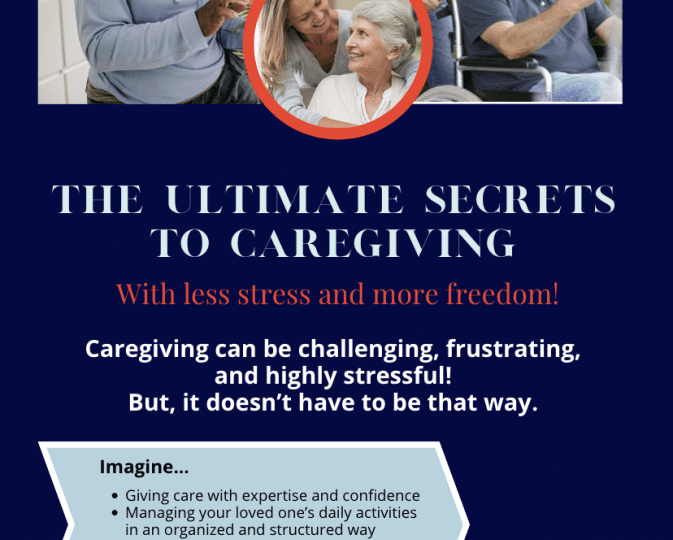Spinal Stenosis Care in the Elderly
Symptoms of spinal stenosis
Symptoms of cervical (neck)spinal stenosis
Pain in the neck
Tingling sensation in the arms, hand
Weakness in the affected hand or arm
In severe cases, the bladder delimiter
Symptoms of lumbar (low back) spinal stenosis
Pain in the lower back region
Tingling sensation in the affected leg and foot
Cramps in the legs, which may occur after a prolonged period of standing or walking
Weakness in the affected leg
Diagnosis of spinal stenosis
X rays
CT scan
MRI
Bone scan
CT myelogram
Understanding Spinal Stenosis
Before delving into caregiving strategies, it’s essential to understand spinal stenosis clearly. Spinal stenosis often occurs due to aging and degenerative changes in the spine. The narrowing of the spinal canal or intervertebral foramina can lead to pressure on the spinal cord and nerves, causing pain, weakness, and sensory disturbances. It commonly affects the lower back and neck.
1. Educate Yourself
Educating yourself about the condition is one of the first steps in providing adequate care for a loved one with spinal stenosis. Research reputable sources, consult medical professionals, and attend appointments with your loved one to comprehend better their diagnosis, treatment options, and recommended lifestyle modifications. Understanding the terminology associated with spinal stenosis can facilitate better communication with healthcare providers.
2. Collaborate with Healthcare Professionals
Collaboration with healthcare professionals is essential in crafting a comprehensive care plan. Regular consultations with orthopedic specialists, neurologists, and physical therapists can help determine the best course of action. During these appointments, address any questions or concerns about your loved one’s condition and treatment options.
3. Tailor Physical Activities
Physical activity is essential for maintaining mobility and strength in individuals with spinal stenosis. However, it’s crucial to tailor exercises to their condition. Low-impact activities like swimming, walking, and gentle yoga can help strengthen muscles and improve flexibility without putting excessive strain on the spine. Always consult a medical professional before starting any exercise regimen.
4. Assistive Devices
Depending on the severity of the spinal stenosis, your loved one might benefit from using assistive devices such as a cane or walker. These tools provide stability and reduce the risk of falls, which can be especially important for older individuals.
5. Pain Management
Pain is a common symptom of spinal stenosis. Work closely with healthcare providers to develop an effective pain management plan. This may involve a combination of over-the-counter pain relievers, prescribed medications, and alternative therapies such as acupuncture or heat therapy.
6. Lifestyle Adjustments
Help your loved one make necessary lifestyle adjustments to alleviate symptoms. Encourage them to maintain a healthy weight, as excess weight can worsen the pressure on the spine. Additionally, they provide support as they adopt a balanced diet rich in nutrients that promote bone and muscle health.
7. Home Modifications
Making appropriate modifications to the home environment can significantly enhance your loved one’s comfort and safety. Install handrails and grab bars in bathrooms and along staircases to prevent falls. Ensure their living space is clutter-free and well-lit to reduce the risk of accidents.
8. Emotional Support
Caring for someone with spinal stenosis involves more than just physical assistance; emotional support is equally important. The chronic nature of the condition can lead to feelings of frustration, helplessness, and even depression. Be a compassionate listener and encourage open conversations about their emotions. Engage in activities that bring joy and maintain their social connections to prevent isolation.
9. Respite Care
As a caregiver, it’s essential to prioritize your well-being. Caring for a loved one with spinal stenosis can be physically and emotionally demanding. Consider arranging respite care occasionally to give yourself a break and recharge. This could involve hiring a professional caregiver or seeking assistance from family and friends.
Tips to take care of your elderly with spinal stenosis
Medications
Physical activity
Weight control
Last Resort
Additional Education
Education in caregiving refers to acquiring the knowledge, skills, and understanding necessary to provide care for individuals who require assistance with activities of daily living, such as bathing, dressing, eating, and grooming. This education can be obtained through formal programs or on-the-job training and experience. Education in caregiving aims to equip individuals with the skills and knowledge necessary to provide high-quality, compassionate care for those in need.
Caregiving can be challenging, frustrating, and highly stressful!
But . . . it doesn’t have to be that way.
Imagine . . .
Giving care with expertise and confidence
Managing your loved one’s daily activities in an organized and structured way
You follow a proven caregiving system that provides for your loved one’s needs while giving you peace of mind.
If the above sounds like what you need and have been searching for desperately . . . Then you need to enroll in The Ultimate Secrets to Caregiving with LESS Stress and MORE peace course!
Conclusion
Caring for a loved one with spinal stenosis requires dedication, patience, and a comprehensive approach encompassing physical, emotional, and lifestyle considerations. Educating yourself about the condition, collaborating with healthcare professionals, and offering tailored support can significantly improve your loved one’s quality of life. Remember that your efforts as a family caregiver make a profound difference in their journey toward managing spinal stenosis with resilience and positivity.
The post How to Effectively Care For Our Loved Ones With Spinal Stenosis appeared first on The Caregiving Strategist.

